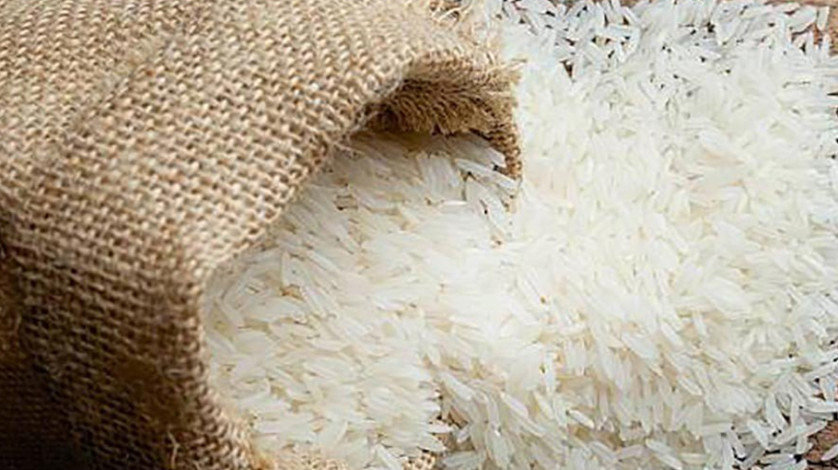
The Lunar New Year took the edge off the bullish rice market, easing sales in late January after starting the year with rising prices.
In its February 16 grain market report, compared with the previous report released on January 12, the International Grains Council (IGC) said "with reduced activity due to Lunar New Year celebrations, average international rice prices were little changed month-on-month amid offsetting movements among major exporters."
“In Thailand, export values for 5% broken retreated by $23, to $460 fob Bangkok, as early gains, linked to currency movements and the covering of previously agreed sales, were later more than reversed by weak buying interest,” the London, England-based IGC said. “In Pakistan, initial support from rising local values was likewise countered by pressure from slow international demand, while Vietnamese 5% broken firmed as traders awaited fresh supplies from the upcoming winter/spring harvest.
“Indian 5% broken offers were $15 higher, at $433 fob Kakinada, amid steady buying interest and solid government procurement.”
The US Rice Producers Association, in its Rice Advocate publication of Feb. 17, noted a USDA-attached report highlighting the continued drought in South America.
“With approximately 10% of the harvest complete, it is expected that farmers have been forced to abandon approximately 50,000 acres of rice on account of the drought in Corrientes and Entre Rios,” the USDA said. “Rainfall in 2022 was only half of the annual average, so producers who planted hoping for rain and surface water were sorely disappointed.
“This will ultimately result in a shorter exportable supply, with key export markets like the EU, Brazil, and Chile competing for the product. In Asia, we are seeing some price softening in Thailand, likely a result of the second crop supply about to hit the market.”
In its Rice Price Update of Feb. 3, the United Nations Food and Agriculture Organization (FAO) reported that after rising for the greater part of 2022, international rice prices opened calendar 2023 on a firm note. January’s global price level was up 6.2% from December and the highest since November 2011.
“Indica prices drove this increase, rising 6.2% over December levels,” the FAO said. “Aromatic prices also strengthened markedly (by 9.8%), sustained by demand for Lunar New Year celebrations, preparative purchases for Ramadan and a post-harvest surge in Pakistani basmati quotations.
“Low buying interest kept gains in Japonica prices comparatively more moderate (at 0.9%), even though this January increase placed the Japonica Index at a fresh nominal peak. By contrast, glutinous prices eased by 2%, weighed by ebbing Chinese glutinous demand.”
Asian quotations of Indica rice firmed across all the major origins in January, the FAO said.
“The most pronounced gains took place in Thailand, where the Baht strengthened to a 10-month high, adding to the sentiment boost provided by Indonesian purchases,” the FAO said. “In Pakistan, short supplies from a flood-reduced crop and persistently elevated inflationary pressure were compounded by strong local demand for rice (including broken), as constraints in wheat flour supplies drove consumers increasingly toward rice.”
A further factor was that rises in currency against the US dollar influenced prices in Brazil, Vietnam and India.
“In Vietnam, tight availabilities ahead of the winter-spring harvest provided further underpinning, as did a record pace of government domestic procurement in India, despite the smaller Kharif crop harvested in 2022,” the FAO said. “In the Americas, Iraqi purchases sustained Indica quotations in the United States, Argentina, and Uruguay.”
Source:
Online/GFMM
Comment Now